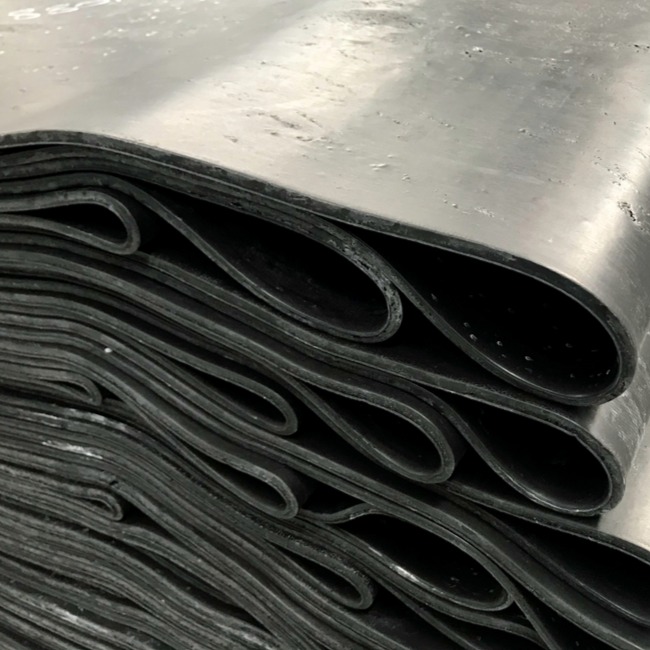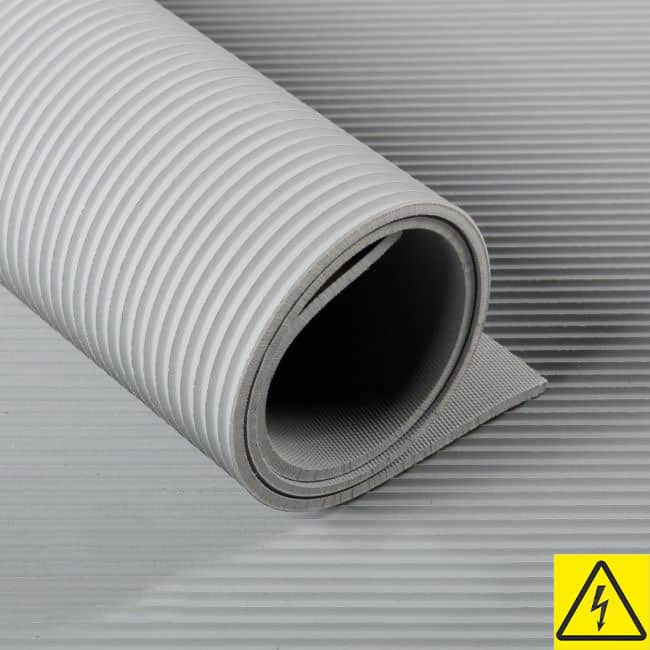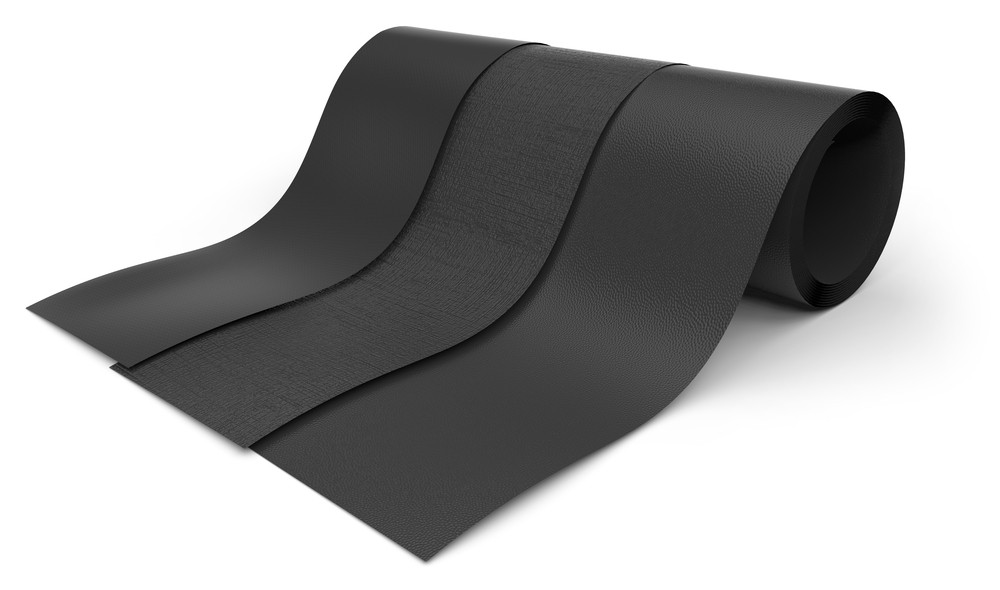When it is a matter of shielding equipment and maintaining reliability in unforgiving conditions, neoprene rubber sheeting is a better option. Praised for its special qualities and versatility, the rubber is designed to be capable of enduring the challenges that...
The differences between SBR, NBR, EPDM and NR explained
Styrene Butadiene Rubber (SBR)
SBR is a flexible, man-made rubber that sees heavy use across factories and workshops because it combines strength with high elasticity. It shrugs off abrasions better than many materials, giving parts made from it a longer working life. In fact, its wear resistance outstrips that of Natural Rubber by a noticeable margin.
Youll find SBR everywhere: in car tires, railway wheels, vibration isolators, springs, bearings, and any hardware that takes a steady grind.
Like Natural Rubber, SBR still falls short when gasoline, diesel, kerosene or propane meet it; those fluids attack its skin. On the plus side, plain water poses little threat.
Temperature range: -20°C to +70°C
- Moderately resistant to diluted acids and alkalis
- Not suitable for use with concentrated acids and bases
- Not suitable for applications involving oils, fats, fuels, and lubricants
Compare SBR rubber with other types of rubber on our overview page.
Ethylene Propylene Diene Rubber (EPDM)
EPDM is a tough synthetic elastomer prized for its ability to resist heat, ozone, aging and many harsh chemicals. Thanks to this weatherproof nature, it shines in outdoor and rooftop uses. Its operating window stretches from -25 °C to +100 °C, so it can handle hot summers and cold winters with equal ease.
EPDM also tolerates hot water well, making it the go-to choice for hoses on dishwashers, washing machines and other plumbing jobs.
EPDM is resistant to glycol, hydraulic fluids, and ozone and UV radiation. However, it is not suitable for exposure to petroleum, gasoline, diesel, kerosene, or propane (gas).
- Temperature range: -25°C to +100°C
- Excellent ozone and UV resistance
- Not suitable for applications with oils, fats, fuels, and lubricants
- Well-suited for applications involving seawater
- Well-suited for applications involving hot water
Compare EPDM rubber with other types of rubber on our overview page.
Neoprene – Chloroprene Rubber (CR)
Chloroprene, commonly known as neoprene, is a versatile synthetic rubber with excellent chemical resistance, surpassing that of SBR. In addition to its strong mechanical and elastic properties, CR rubber offers enhanced resistance to heat, weather, and ozone.
This rubber is moderately resistant to oil and fire, and it can withstand exposure to water, ozone, and propane (gas). However, its flexibility decreases in low temperatures, making it less suitable for cold environments. The temperature range for CR rubber is between -20°C and +80°C. Additionally, CR is not resistant to gasoline, diesel, or kerosene.
Temperature range: -20°C to +80°C
- Limited applicability with diluted acids and alkalis. Contact customer service for advice
- Not suitable for use with concentrated acids and bases
- Well-suited for applications involving seawater
Compare neoprene rubber with other types of rubber on our overview page.
Nitrile Butadiene Rubber (NBR)
NBR, or nitrile rubber, is highly resistant to water, oils, and fats. It outperforms many elastomers when it comes to resisting permanent indentation, wear, and retaining its shape in low temperatures.
NBR offers moderate resistance to weather, ozone, and UV exposure, with a temperature range of -20°C to +80°C. It also provides excellent resistance to diesel, kerosene, propane (gas), and water.
Engineered to prevent oil degradation, NBR maintains its mechanical properties even when exposed to oils and fats. This rubber is frequently used in seals for industrial applications and in the food industry, particularly when it complies with FDA standards, such as in beverage filling machines.
Temperature range: -20°C to +80°C
- Excellent resistance to oils, fats, fuels, and lubricants*
- Limited applicability with diluted acids and alkalis. Contact customer service for advice
- Moderate resistance to ozone and UV radiation
- *For biofuels, oils, and lubricants, contact customer service for guidance
Compare NBR rubber with other types of rubber on our overview page.
We offer rubber sheets primarily in black. Additionally, we provide sheets with inserts, which are often used across sectors like automotive, shipping, construction, and manufacturing. These sheets can be easily customized and are suitable for a wide range of applications, including sealing, sound insulation, and thermal insulation.



